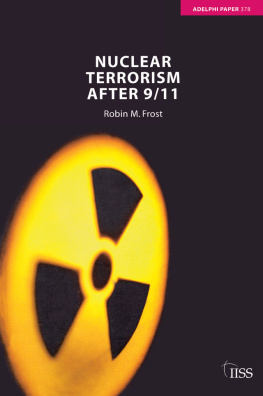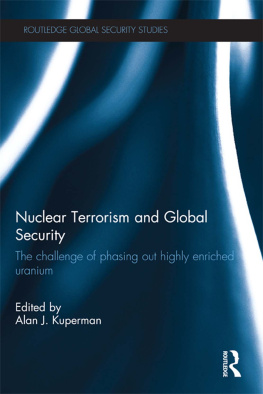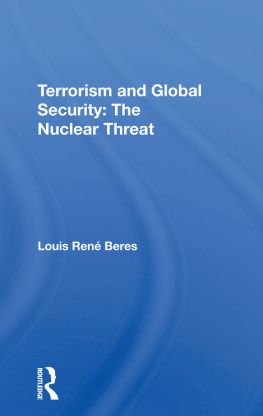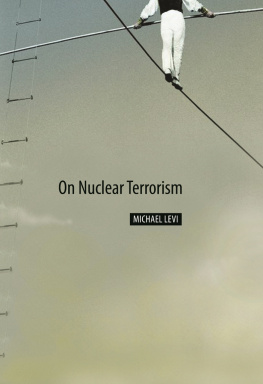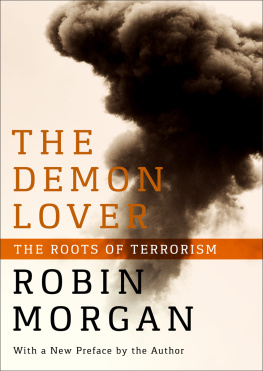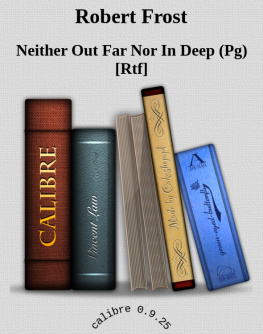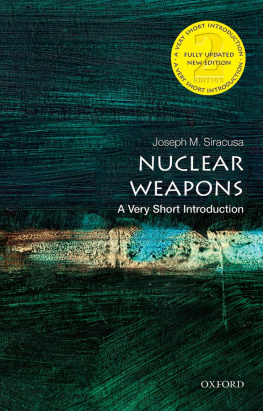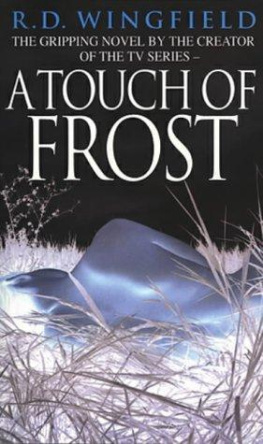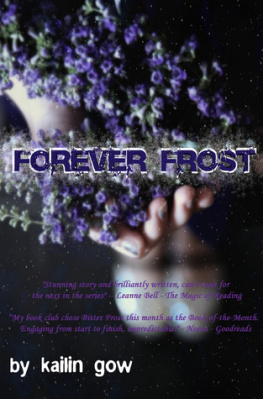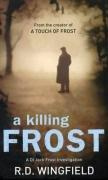Robin M. Frost - Nuclear Terrorism after 9/11
Here you can read online Robin M. Frost - Nuclear Terrorism after 9/11 full text of the book (entire story) in english for free. Download pdf and epub, get meaning, cover and reviews about this ebook. year: 2020, publisher: Routledge, genre: Politics. Description of the work, (preface) as well as reviews are available. Best literature library LitArk.com created for fans of good reading and offers a wide selection of genres:
Romance novel
Science fiction
Adventure
Detective
Science
History
Home and family
Prose
Art
Politics
Computer
Non-fiction
Religion
Business
Children
Humor
Choose a favorite category and find really read worthwhile books. Enjoy immersion in the world of imagination, feel the emotions of the characters or learn something new for yourself, make an fascinating discovery.
- Book:Nuclear Terrorism after 9/11
- Author:
- Publisher:Routledge
- Genre:
- Year:2020
- Rating:4 / 5
- Favourites:Add to favourites
- Your mark:
- 80
- 1
- 2
- 3
- 4
- 5
Nuclear Terrorism after 9/11: summary, description and annotation
We offer to read an annotation, description, summary or preface (depends on what the author of the book "Nuclear Terrorism after 9/11" wrote himself). If you haven't found the necessary information about the book — write in the comments, we will try to find it.
Nuclear Terrorism after 9/11 — read online for free the complete book (whole text) full work
Below is the text of the book, divided by pages. System saving the place of the last page read, allows you to conveniently read the book "Nuclear Terrorism after 9/11" online for free, without having to search again every time where you left off. Put a bookmark, and you can go to the page where you finished reading at any time.
Font size:
Interval:
Bookmark:

2 Park Square, Milton Park, Abingdon, Oxon, OX14 4RN
711 Third Avenue, New York, NY 10017, US A
ISBN 13: 978-1-1384-6662-3 (hbk)
A catalogue record for this book is available from the British Library
ISSN 0567-932X
- The Russian nuclear arsenal, inherited from the Soviet Union, is so poorly secured that it has become an enormous 'Nukes-R-Us', staffed by a corrupt, demoralised and underpaid military, and patronised by terrorists and their criminal henchmen.
- There is a thriving international black market in nuclear weapons and materials.
- The plans and technical information necessary to build a functional nuclear weapon are widely available.
- Some so-called rogue states, especially Pakistan and North Korea (or entities within them), are willing to give or sell nuclear weapons to terrorists, if they have not already done so.
- The greatest potential threat is from terrorists using true nuclear weapons, but 'dirty bombs' could also be extremely dangerous, especially if they use substances such as uranium or plutonium.
- All terrorists, but most especially the anti-Western jihadist Islamist groups generically known as al-Qaeda, are irrational, mentally-ill killers who engage in terrorism to satisfy their bloodlust.
- As a corollary to the above, terrorists are uniformly eager to obtain, and willing to use, any and all weapons of mass destruction (WMD), including nuclear weapons.
- Nuclear terrorism constitutes an 'existential threat' to the United States and other potential target states.
- Russian nuclear weapons. Russian nuclear weapons appear to be under the generally good control of elite troops. There is no evidence in open-source material that a single nuclear warhead, from any national arsenal or another source, has ever made its way into the world's illegal arms bazaars, let alone into terrorist hands. No actual or aspiring nuclear-weapon state has ever claimed to have nuclear weapons without also having all of the technical infrastructure necessary to produce them ab initio, although they could, if the 'loose nukes' arguments were sound, easily have bought a few on the black market. Even the extravagant sums sometimes mentioned as the alleged asking price for stolen weapons would be tiny fractions of the amount required to develop an indigenous nuclear-weapon capability, yet circumstances seem to have compelled states to choose the more expensive course.
- The nuclear black market. There is no evidence in the open-source literature of a true international black market in nuclear materials. Virtually all known cases of nuclear theft or smuggling have involved amateurs hoping for rich returns, despite the seeming absence of anyone interested in buying the material. To the extent that a market exists, it is almost entirely driven by supply; there appears to be no true demand, except where the buyers were government agents running a sting. Organised crime, with one known exception, has not been involved in nuclear trafficking. Even the notorious A.Q. Khan network concentrated on nuclear technology, especially centrifuge uranium enrichment, rather than fissile materials, although there have been suggestions that Khan, a Pakistani nuclear engineer, sold uranium hexafluoride, the feedstock for enrichment, to Libya.
- 'Do-it-yourself' nuclear weapons. It is most improbable that any terrorist group could become a do-it-yourself nuclear power: unlike rou gh conceptual outlines, the detailed plans and engineering drawings necessary to build a bomb are not easily available. It would also be very difficult, if not effectively impossible, to acquire sufficient quantities of suitable fissile materials. The expertise and facilities required to build a functional bomb, even a crude one, are of a higher order than those possessed by any known terrorist organisation. Developing nuclear weapons requires state-level resources, and the process takes years.
Font size:
Interval:
Bookmark:
Similar books «Nuclear Terrorism after 9/11»
Look at similar books to Nuclear Terrorism after 9/11. We have selected literature similar in name and meaning in the hope of providing readers with more options to find new, interesting, not yet read works.
Discussion, reviews of the book Nuclear Terrorism after 9/11 and just readers' own opinions. Leave your comments, write what you think about the work, its meaning or the main characters. Specify what exactly you liked and what you didn't like, and why you think so.

